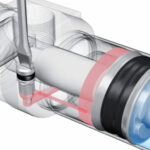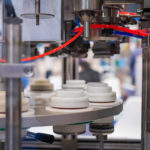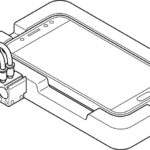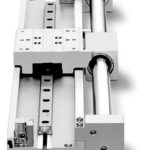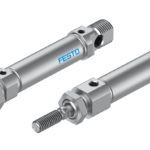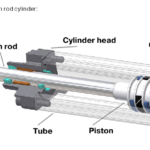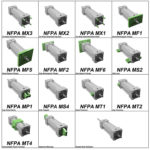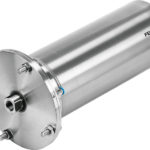Contributed by Troy Sanders | National Sales Manager | Fabco-Air When your operation calls for a pneumatic actuator, you’ll find a wide range of products available from various manufacturers. But because no two applications are alike, you must weigh several considerations before selecting and ordering an actuator. This article will discuss the different cylinder types […]
Cylinders
Fabco-Air launches new online shop
Fabco-Air is pleased to announce its new webstore (shop.fabco-air.com). Partnering with KYKLO, a content and e-commerce solution for the electrical, automation, fluid and energy industries, the Fabco-Air webstore has been designed to be a one-stop shop for all our standard products to streamline the product selection, quoting and ordering processes for customers and distribution partners. […]
Pneumatic cylinders with automatic mechanical end stroke locks
End Lock pneumatic cylinders from Camozzi Automation are fitted with automatic mechanical end stroke locks which guarantee the safe and secure holding of the cylinder rod in both the fully retracted and fully extended positions. The locks activate and release automatically, without the need for external signals or commands and cylinders Series 63 comply with […]
Where are single-acting pneumatic cylinders used?
By Frances Richards, contributor Pneumatic cylinders are a clean and cost-effective option for achieving reliable linear motion in many industrial environments. Because they are lighter weight and lower maintenance than their hydraulic and electric counterparts, they are an excellent choice in applications from factory automation and transportation to packaging and life sciences. Two main styles […]
How do you mount/install a compact pneumatic cylinder?
By Vicki Burt, Contributor One of the benefits in choosing a compact cylinder is getting effective motion in a small footprint. These short-stroke, low-profile, air cylinders are designed to fit into tight spaces and are available in a variety of mounting options. Pancake cylinders are a trademarked line of compact air cylinders from Fabco-Air Inc. […]
How do pneumatic rodless cylinders/slides work?
Contributed by Vicki Burt In a rodless air cylinder — also called a rodless slide — motion is transmitted through the body length by an internal piston moving with the cylinder, driven by compressed air. The piston is attached to a shuttle or carriage, which supports the load and moves it in a linear direction […]
DSNU-S standard ISO round cylinders are small, slim and light
The new DSNU-S round cylinder is the latest response from Festo to the need of machine designers for smaller versions of standard components so they can shrink the footprint of their machines or production lines accordingly. The DSNU-S, part of Festo’s core product range of always-in-stock components, is up to 40% slimmer, 35 mm shorter, […]
What are single-acting pneumatic cylinders?
Contributed by Frances Richards Pneumatic cylinders, also called air cylinders, pneumatic actuators, or pneumatic drives, are relatively simple mechanical devices that use the energy of compressed air and turn it into linear motion. Lightweight and low maintenance, pneumatic cylinders generally operate at lower speeds and less force than their hydraulic or electric counterparts, but are […]
How do you specify pneumatic cylinders?
Contributed by Darryl Powell, Doc’s Hydraulic-Pneumatic Training LLC When specifying pneumatic cylinders, you may think that the most important information needed is the bore size and stroke. While these details are certainly important, the application’s requirements are more critical. For example, several questions should be considered: is the cylinder in a wet environment (maybe salt […]
Application-specific pneumatic cylinder for cheese making
Festo recently introduced an application-specific pneumatic cylinder for cheese presses that improves consistency and quality in large operations and low-volume artisan cheese making. The stainless-steel outer body of the Festo CRD cylinder represents the latest in sanitary innovation as its unique bell-shaped construction provides best-in-class hygienic design. These cylinders are lubricated with NSF-H1 grease, which […]

